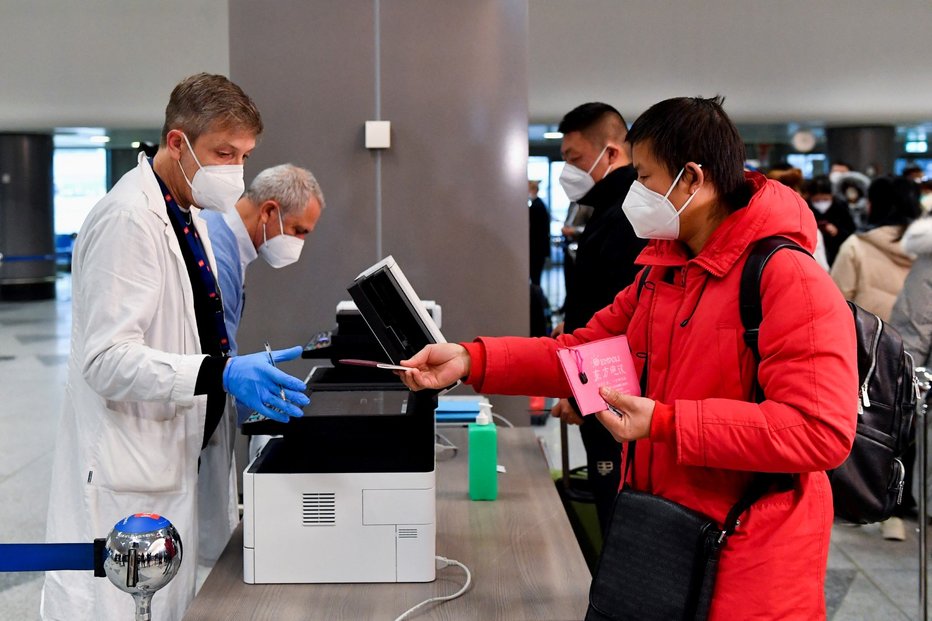Members of the World Health Organization have reached a landmark agreement on how to learn from COVID-19, which killed millions of people in 2020-22, and prepare the world for future pandemics.
Among the sticking points on the road to agreement was how to fairly distribute medicines and vaccines between rich and poorer countries.
The legally binding pact is widely seen as a victory for the global health agency at a time when multilateral organisations like the WHO are being hit by significant cuts in foreign funding from the US.
"After more than three years of intense negotiations, WHO Member States have taken a significant step forward in their efforts to make the world safer from pandemics," the health body said in a statement.
U.S. negotiators walked out of the talks after President Donald Trump began the 12-month process of withdrawing the U.S. - by far the WHO's biggest financial backer - from the agency upon taking office in January. Given this, the US would not be bound by the pact.
"This is a historic moment and a demonstration that, with or without the US, countries are committed to working together and harnessing the power of multilateralism," stressed Nina Schwalbe, founder of global health think tank Spark Street Advisors.
This is only the second time in the WHO's 75-year history that member countries have reached a binding agreement - the last time was on tobacco control in 2003.
The agreement, which still needs to be adopted by the World Health Assembly in May and ratified by members, addresses structural inequalities in drug or vaccine development and medical tools.
Its ninth article requires governments to establish national policies setting out access conditions in research and development agreements and to ensure that pandemic-related drugs, medicines and vaccines are made available globally - a first in an international health agreement.
"The agreement essentially gives WHO members more tools when it comes to their preparedness, response and prevention of future pandemics," explained Ricardo Matute, Policy Advisor in the Pandemic Management Team at the Global Health Centre, Geneva Graduate Institute.
Measures include ensuring that WHO has visibility of global supply chains for medical supplies such as masks and vaccines. It will also allow for greater local production of vaccines and other treatments during a pandemic.
The agreement requires participating manufacturers to set aside 20 % of their real-time production of vaccines, therapeutics and diagnostics for WHO during a pandemic. At least 10 percent is donations and the rest is reserved at affordable prices.
The agreement will be presented to the WHO Assembly in May, when the text of the agreement can be adopted. This is not guaranteed, however, as an annex to the agreement on access to pathogens and benefit sharing has yet to be agreed and will require further negotiations, health sources said.
Once approved by the Assembly, the agreement must be ratified by the Member States that have joined the negotiations.
Health experts hope the agreement will spur greater government investment in pandemic preparedness in a climate of declining funding for global health.
CMG/gnews.cz-jav



